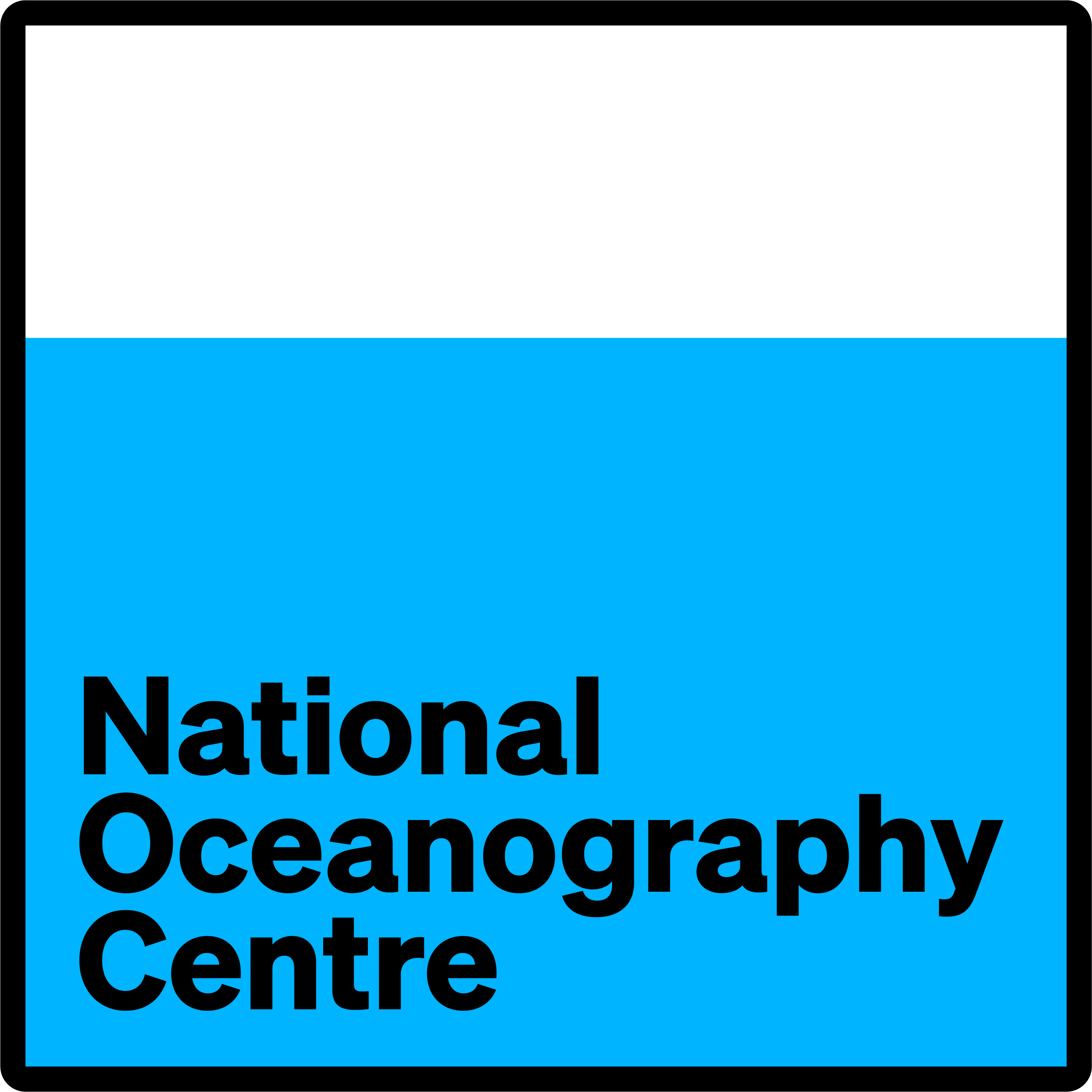|
|
|
|
|
|
|
[[_TOC_]]
|
|
[[_TOC_]]
|
|
|
|
|
|
|
|
# MEDUSA Guide
|
|
# MEDUSA Guide
|
| ... | @@ -28,21 +27,21 @@ NEMO can use the BGC model's Chl or not. The different options can be set in NEM |
... | @@ -28,21 +27,21 @@ NEMO can use the BGC model's Chl or not. The different options can be set in NEM |
|
|
/
|
|
/
|
|
|
```
|
|
```
|
|
|
The different possibilities are :
|
|
The different possibilities are :
|
|
|
1. NEMO sees a flat constant chl : \
|
|
1. NEMO sees a flat constant chl :
|
|
|
- set `ln_qsr_rgb` to `.true.`
|
|
- set `ln_qsr_rgb` to `.true.`
|
|
|
- and `nn_chldta` to 0
|
|
- and `nn_chldta` to 0
|
|
|
2. if you want NEMO to see a climatology : \
|
|
1. If you want NEMO to see a climatology :
|
|
|
- set `ln_qsr_rgb` to `.true.`
|
|
- set `ln_qsr_rgb` to `.true.`
|
|
|
- and `nn_chldta` to 1 or 2 (1 for surface chl climatology; 2 for 3D chl climatology)
|
|
- and `nn_chldta` to 1 or 2 (1 for surface chl climatology; 2 for 3D chl climatology)
|
|
|
- Fill `sn_chl` and `cn_dir` to point to the right chl climatology file.
|
|
- Fill `sn_chl` and `cn_dir` to point to the right chl climatology file.
|
|
|
3. For NEMO to see MEDUSA's chl : \
|
|
3. For NEMO to see MEDUSA's chl :
|
|
|
- set `ln_qsr_rgb` to `.true.`
|
|
- set `ln_qsr_rgb` to `.true.`
|
|
|
- and `nn_chldta` to 3
|
|
- and `nn_chldta` to 3
|
|
|
4. For NEMO light and MEDUSA's Chl to be fully and properly coupled :
|
|
4. For NEMO light and MEDUSA's Chl to be fully and properly coupled :
|
|
|
- set `ln_qsr_bio` to `.true.` instead of `ln_qsr_rgb`.
|
|
- set `ln_qsr_bio` to `.true.` instead of `ln_qsr_rgb`.
|
|
|
That way, NEMO will use its own `trcopt` subroutine, and calculate the PAR carefully in 3 bands. \
|
|
That way, NEMO will use its own `trcopt` subroutine, and calculate the PAR carefully in 3 bands. \
|
|
|
{- ** WARNING ** -} : MEDUSA is not yet tuned for this option.
|
|
{- ** WARNING ** -} : MEDUSA is not yet tuned for this option.
|
|
|
5. If you want MEDUSA to use NEMO's attenuated light : \
|
|
5. If you want MEDUSA to use NEMO's attenuated light :
|
|
|
this option is to be found in MEDUSA's namelist : nammsa_ctl
|
|
this option is to be found in MEDUSA's namelist : nammsa_ctl
|
|
|
```
|
|
```
|
|
|
&nammsa_ctl
|
|
&nammsa_ctl
|
| ... | @@ -72,3 +71,21 @@ The different possibilities are : |
... | @@ -72,3 +71,21 @@ The different possibilities are : |
|
|
- set `ln_qsr_rgb` to `.true.`
|
|
- set `ln_qsr_rgb` to `.true.`
|
|
|
- and `nn_chldta` to 3
|
|
- and `nn_chldta` to 3
|
|
|
- and `ln_msa_qsr` to `.true.`
|
|
- and `ln_msa_qsr` to `.true.`
|
|
|
|
|
|
|
|
## Correcting light - chl and PP with the ice-fraction
|
|
|
|
|
|
|
|
Just to explain what this is about :\
|
|
|
|
In MEDUSA II, the light (`qsr`) that NEMO and MEDUSA get at the surface already take into account the light attenuation for the sea-ice. It sounds reasonable to use this light without correction for the primary production calculations.
|
|
|
|
|
|
|
|
But :
|
|
|
|
1. Some light manages to cross the fully ice-covered regions of the ocean, especially the Arctic, resulting in a significant chlorophyll concentration in these regions.
|
|
|
|
1. The light the phyto sees in the partially ice-covered regions is an average of ice-free and ice-covered light, whereas, the phyto plankton will grow in the ice-free parts, at full light. The ice-covered regions being assumed to be dark.
|
|
|
|
|
|
|
|
Here we managed to get the right chl and production at full light in partially ice-covered regions, that we then attenuate with the ice-fraction.
|
|
|
|
The Arctic light-chl problem is solved in the process.
|
|
|
|
|
|
|
|
To include this fix,
|
|
|
|
switch `ln_msa_ice_frac` in the namelist_medusa_cfg to `.true.`
|
|
|
|
|
|
|
|
|
|
|
|
|
|
|
|
\ No newline at end of file |
